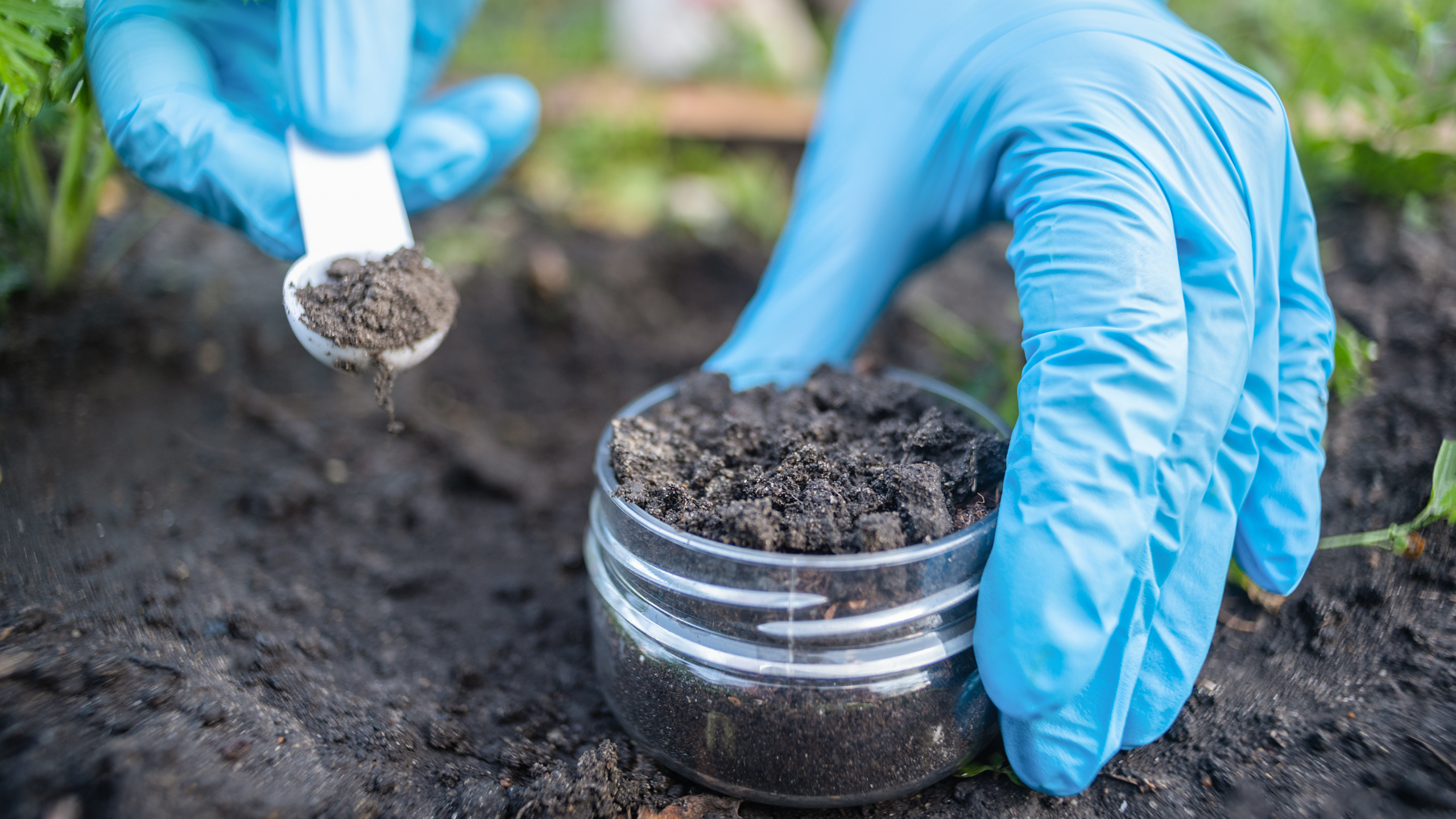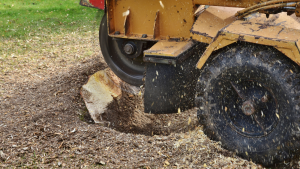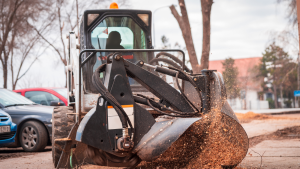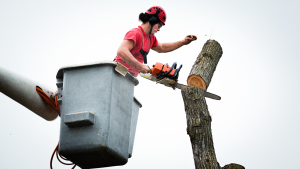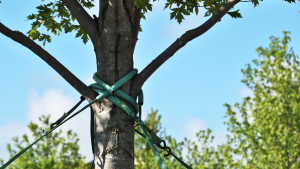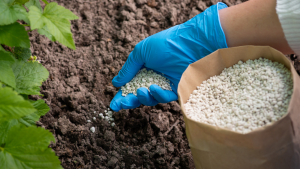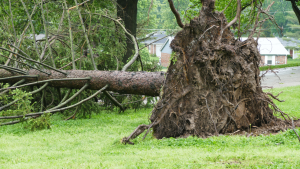Have you ever stopped to think about all the tiny living things in the ground? Soil may seem plain, but it’s a busy world full of life. Understanding what soil is made of is essential for many reasons, like farming and caring for nature. Let’s explore soil composition to learn more about it.
Soil isn’t just dirt – it’s alive with many tiny creatures and holds essential things like food and water for plants. The kind of soil we have affects how well plants grow and how strong the land is. Different places have different types of soil, and they all have stories to tell about how they formed.
Also, soil composition is super essential for helping the environment. Healthy soil can help fight climate change by storing carbon in the air. It’s also home to many different animals and plants, so keeping the soil healthy protects nature. Understanding soil composition helps us make better choices for farming and protecting the environment to keep our planet safe for the future. Ready for a cleaner and greener yard? Contact Joliet Tree Service today and let our experts provide you with a free rate quote for our top-notch tree care services.
The Five Main Components of Soil
Soil is a dynamic mixture comprising various elements that interact in intricate ways. The five primary components of soil are:
- Mineral Particles: These tiny particles are like the building blocks of soil. They come from rocks breaking down over thousands of years because of wind and water. The three primary kinds are silt, clay, and sand. Each type has different qualities that change how soil feels and how well plants can grow. Sandy soil feels rough and lets water drain quickly, while clayey soil feels smooth and can get complex. Silt is somewhere in the middle and helps soil stick together and hold onto water. How much of each type of particle there is decides if the soil is suitable for farming and how to take care of it.
- Organic Matter: Soil becomes vibrant with organic matter, which is made up of old plant and animal parts that have broken down. This mixture also includes lots of tiny creatures, like bacteria and worms. They all work together to make the soil healthy and full of life. Organic matter helps soil stay fertile, retain water, and recycle nutrients. As it breaks down, it gives plants the food they need to grow. Plus, it’s a home for helpful soil bugs and organisms that help keep the ecosystem balanced and healthy.
- Water: Water, the life-giving liquid, soaks into every bit of soil, changing how it feels and works. It holds onto moisture like a sponge, keeping plants alive and helping nutrients move around. How much water is in the soil and where it goes affects how well plants can grow. Good soil lets water drain away so roots can breathe, but bad soil can get too wet, which isn’t suitable for plants.
- Air: Underneath the ground, there’s a secret world entire of air that plants and tiny creatures need to breathe. Spaces in the soil let air move around, ensuring plant roots get enough oxygen. This is important because it helps soil stay healthy and enables plants absorb nutrients. If the soil gets too compacted, it’s harder for air to get through, making it challenging for plants to grow well.
- Microorganisms: Underground, there’s a busy world of tiny creatures in the soil. These little creatures, like bacteria and fungi, do important jobs that help soil and nature stay healthy. They break down old stuff from plants and animals, turning it into food plants can use. This helps keep essential elements like carbon and nitrogen moving around in the soil. Also, they help soil stick together better, which stops it from washing away when it rains and helps it hold onto water for plants to drink.
Determining Soil Composition
Assessing soil composition involves various techniques, from simple visual inspection to sophisticated laboratory analyses. Common methods include:
- Texture Analysis: Determining the soil’s proportions of sand, Silt, and clay particles through the feel method or particle size analysis.
- Organic Matter Content: Estimating the amount of organic matter in the soil through techniques like loss-on-ignition or organic carbon analysis.
- pH Measurement: Assessing the acidity or alkalinity of the soil, which influences nutrient availability and microbial activity.
- Microscopic Examination: Identifying soil organisms and assessing their abundance and diversity under a microscope.
The Soil Mosaic of Joliet, Illinois
In Joliet, Illinois, the soil landscape reflects a diverse tapestry shaped by geological history and environmental factors. Commonly classified as clayey and loamy, the soils of Joliet exhibit unique properties that influence land use and management practices. Clayey soils retain moisture and nutrients, making them suitable for agriculture but prone to compaction and drainage issues. On the other hand, loamy soils strike a balance between drainage and moisture retention, ideal for gardening and landscaping endeavors.
Significance of Understanding Soil Composition
Appreciating the nuances of soil composition is paramount for informed decision-making in various domains:
- Agriculture: Selecting appropriate crops and implementing soil management practices tailored to the specific needs and constraints of the soil.
- Landscaping: Choosing suitable plants and designing landscape features complementing soil characteristics, promoting healthy growth and sustainability.
- Environmental Conservation: Preserving soil health and preventing degradation through practices that minimize erosion, nutrient runoff, and contamination.
In conclusion, soil composition is the cornerstone of terrestrial ecosystems, influencing everything from plant growth to water quality. By unraveling its complexities and recognizing its importance, we can unlock the potential for sustainable land stewardship and harmonious coexistence with nature. So, the next time you tread the earth, remember the hidden world beneath your feet, waiting to be discovered and cherished.
